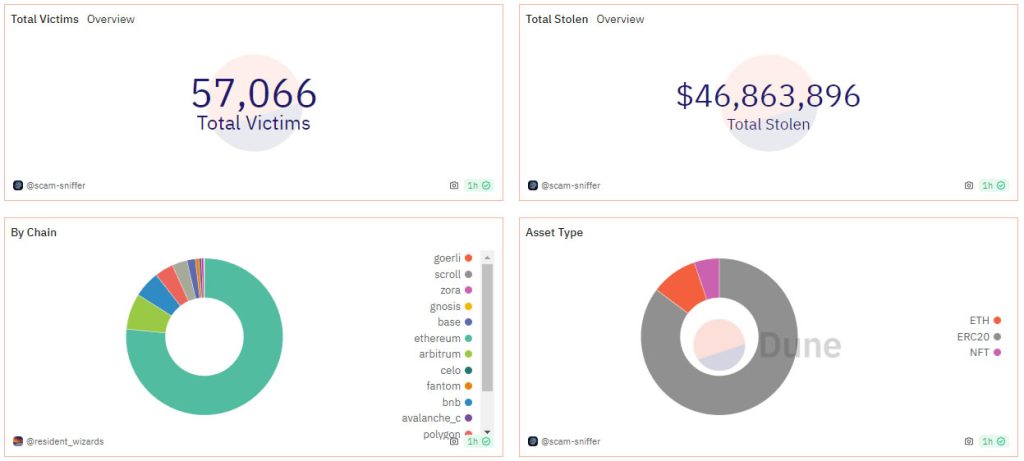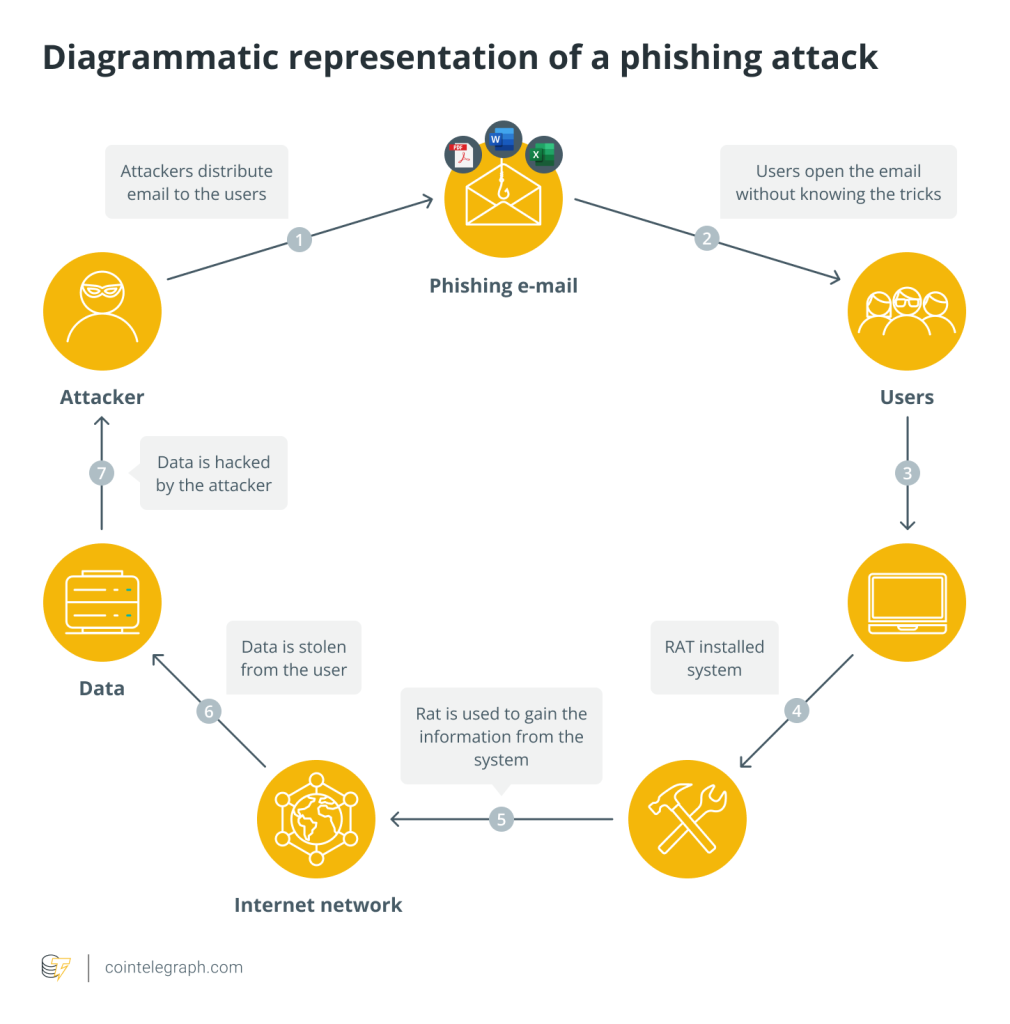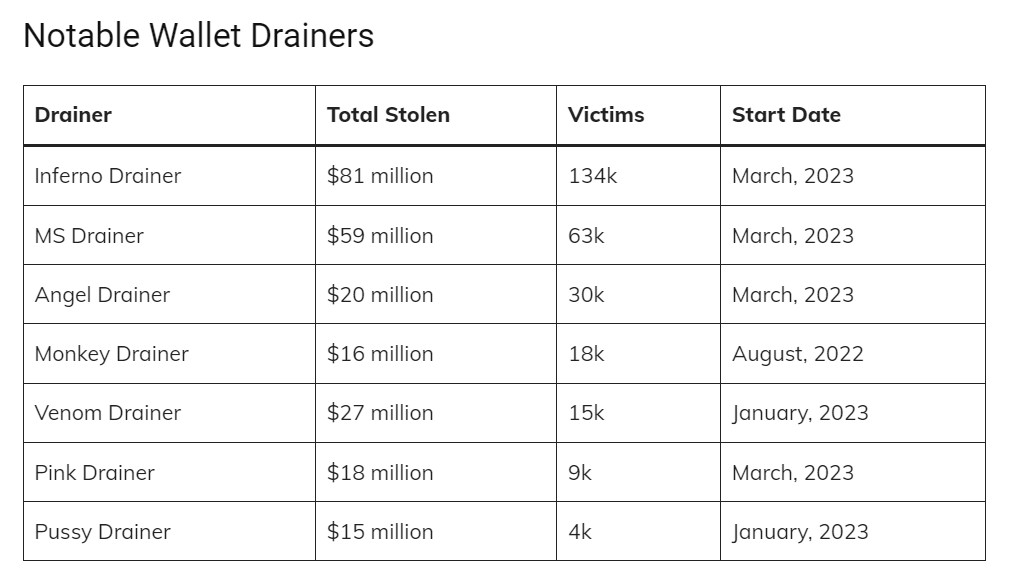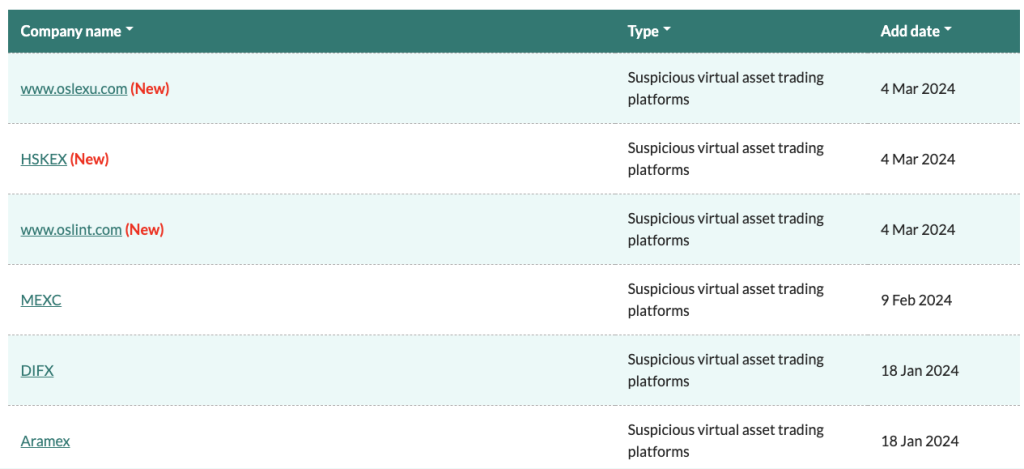Crypto phishers stole $47M last month, impersonators on X to blame

Most victims were lured to phishing websites from comments posted by impersonator accounts on X.

Fake accounts on social media platform X were the leading cause for over 57,000 victims of crypto phishing scams in February.
In its latest crypto phishing report, Scam Sniffer stated that over $46.8 million was lost to crypto phishing scams last month, noting that: “Most victims were lured to phishing websites through phishing comments from impersonated Twitter accounts.”

Scam Sniffer found that Ethereum mainnet accounted for 78% of the total thefts, with ERC-20 tokens being the main assets stolen, accounting for 86% of all assets stolen.
It added that most Ethereum token thefts were due to users signing phishing signatures and transaction approvals, such as Permit, IncreaseAllowance, and Uniswap Permit2.
Moreover, most wallet drainers have now started using account abstraction wallets as token approval spenders, it noted.
Account abstraction enables more functionality and smart contract compatibility for Ethereum wallets.
Despite a higher number of phishing victims than in January, the most recent month saw a reduction in the total amount stolen compared to the first month of the year. February also saw a vast reduction in the number of victims who lost over $1 million.

Scammers often target social media accounts of high-profile figures, sometimes replying to posts with a fake account designed to mimic the genuine one or even hacking an account to post phishing links.
In February, MicroStrategy’s X account was hacked leading to around $440,000 in crypto being stolen.
Additionally, Compound Finance, Rocket Pool, Blockchain Capital, and even Vitalik Buterin have seen their X accounts hacked in recent months by crypto phishers.
Related: Crypto phishing scams took almost $300M from 324K victims in 2023
In December, Cointelegraph reported that crypto scammers were increasingly turning to ‘approval phishing’ methods to steal funds.
This attack vector lures victims into signing transactions that give scammers access to wallets, allowing them to drain funds.
A recent FBI report suggested that millennials are the most likely group to be victims of investment fraud.






Responses